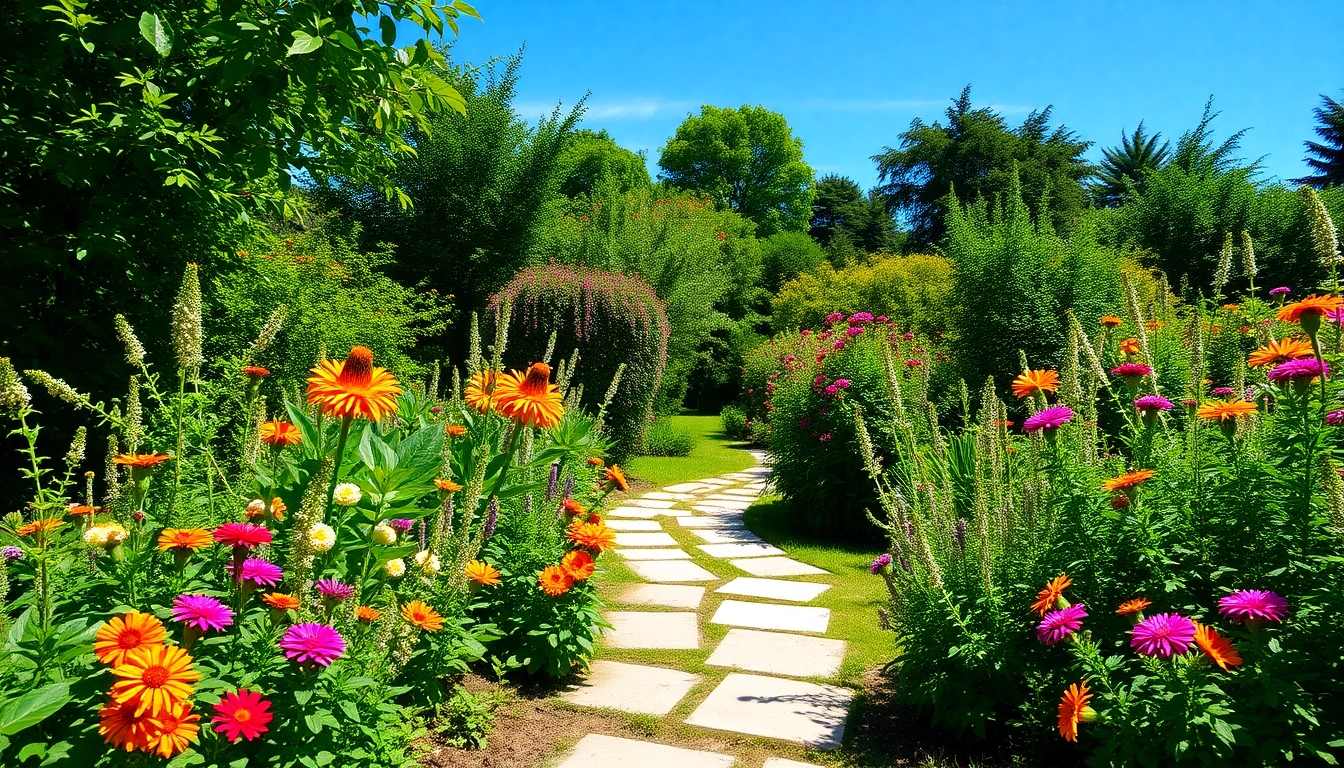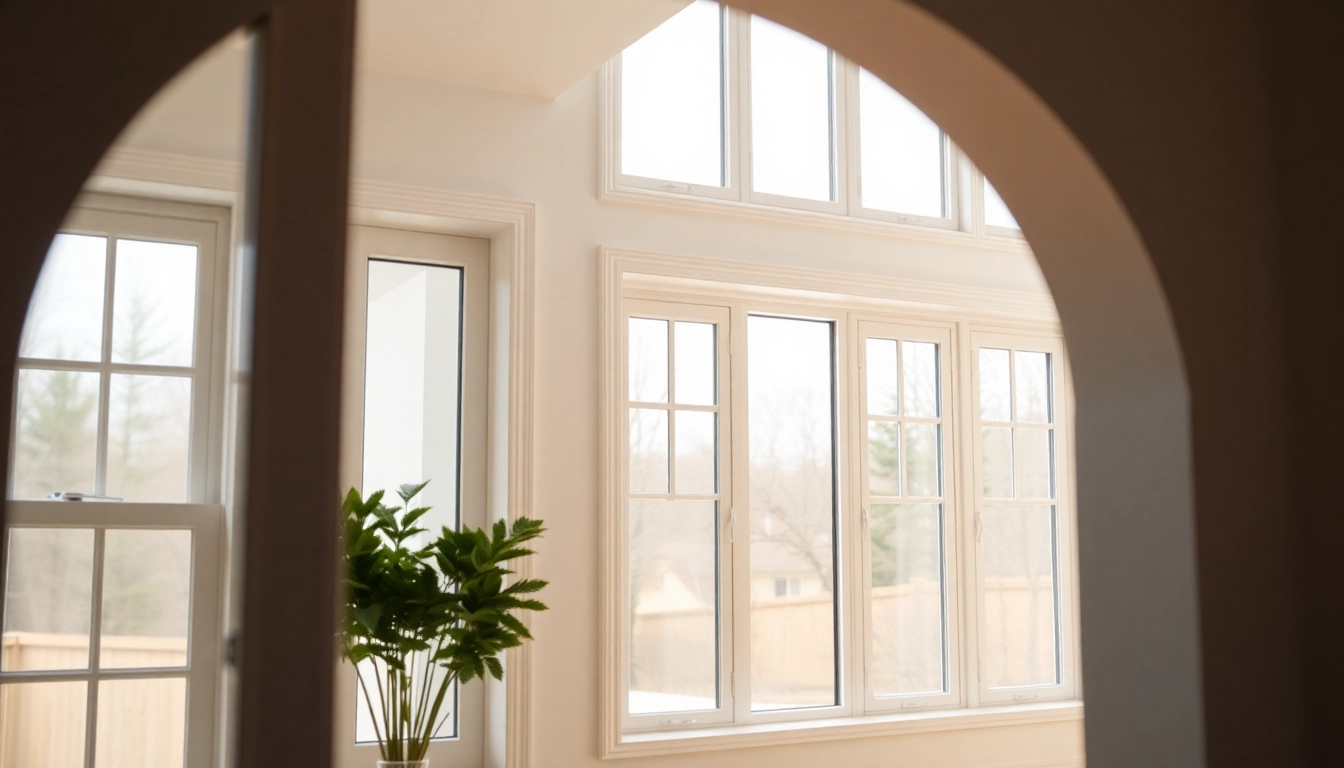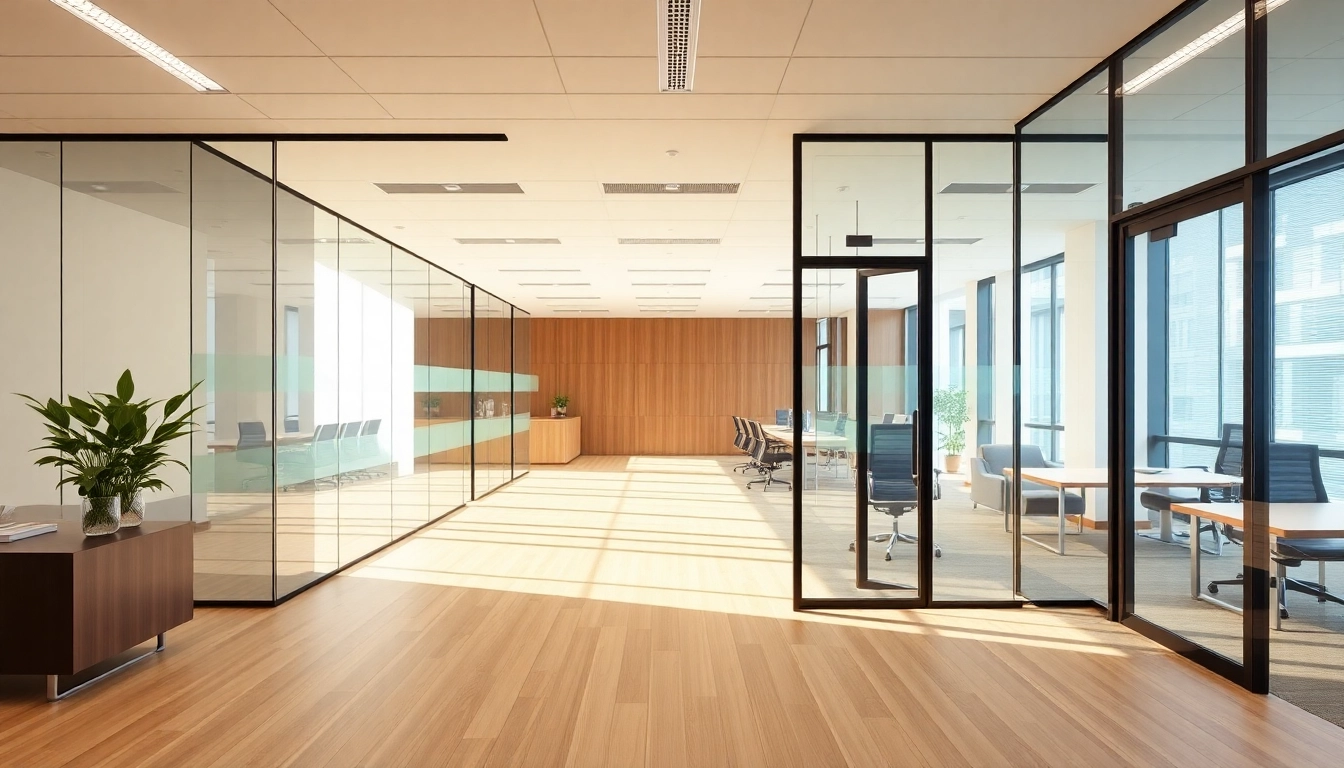Introduction to Landscaping Company Pricing
Understanding the landscaping company pricing landscape is essential for homeowners and commercial property owners alike. Whether you’re considering a small garden revamp or a large-scale landscape overhaul, grasping how costs are structured can set your expectations right. This article will delve into various elements that influence landscaping prices, common pricing models used in the industry, typical cost ranges for numerous landscaping services, and provide actionable tips for budgeting and evaluating quotes from landscaping companies.
What Factors Influence Landscaping Costs?
Landscaping costs vary widely based on several factors. Understanding these elements can empower you to make informed decisions. Key cost influencers include:
- Type of Services Offered: Different landscaping tasks come with varying costs. Basic services, such as lawn mowing, will differ in price from more complex tasks, like installing a new patio or landscape redesign.
- Size of the Project: Larger areas typically require more materials, labor, and time, leading to higher overall costs. Small projects may see costs as low as $300, while extensive renovations could surpass $20,000.
- Materials Used: The quality and type of materials, including plants, sod, rocks, and hardscape elements, significantly impact the pricing. High-end materials will see increased costs compared to standard options.
- Labor Costs: The cost of labor can vary depending on regional benchmarks, the expertise of the workforce, and the complexity of the task at hand. Experienced landscapers will command higher fees than novice workers.
- Geographical Location: Different regions will have varying market rates for landscaping services. Urban areas often have higher competition and pricing than rural settings.
- Seasonality: Demand for landscaping services can fluctuate based on the season. For instance, spring and summer usually bring more business, possibly driving prices up during peak times.
Understanding Pricing Models in Landscaping
Landscaping businesses often employ various pricing models that can affect your total costs:
- Project-Based Pricing: Many landscaping companies provide a total cost for the entire project. This model can encompass design, materials, and installation services.
- Hourly Rates: Some services may charge on an hourly basis. Having a clear understanding of how many hours a task is expected to take is essential in this model.
- Per Square Foot Pricing: This model offers a transparent way to estimate costs, particularly for services like sod installation or lawn care. Typical pricing per square foot ranges from $4 to $12.
Common Misconceptions About Costs
Misinformation about landscaping pricing can lead to unrealistic expectations. Here are several common misconceptions to be aware of:
- All Landscaping is Expensive: While premium services can be costly, there are budget-friendly options available. Basic maintenance can often be managed with lower initial investments.
- DIY is Always Cheaper: Although DIY projects can save money upfront, they often come with long-term costs if not executed correctly. Hiring a professional can actually yield better results and save time.
- Landscaping Costs Only Exist at Installation: Many homeowners neglect to budget for ongoing maintenance and seasonal planting. Long-term landscaping requires foresight and financial planning.
Typical Pricing Range for Landscaping Services
Once you’ve grasped the factors that go into landscaping pricing, it’s time to discuss typical costs associated with various services. Being informed about average pricing ranges can help you avoid overpaying.
Average Costs Per Square Foot Explained
General landscaping costs typically range from $4 to $12 per square foot. More complex installations or high-end materials can cause pricing to spike. Here’s a breakdown:
- Basic Lawn Care: Ranging from $4 to $10 per square foot depending on the complexity of the project.
- Hardscaping Projects: The cost for patios, walkways, and retaining walls can range from $10 to $40 per square foot.
- Sod Installation: This commonly falls between $1 and $2 per square foot, making it an affordable option for many homeowners.
Breaking Down Costs by Project Type
Different types of landscaping tasks entail widely varied costs, reflective of the complexity and materials used:
- Lawn Installation: $1,500 – $3,000 for average-sized yards.
- Patios: $3,500 – $8,000 based on materials and size.
- Decking: For a mid-range deck, costs can range from $5,000 to $12,000.
- Landscape Design Fees: Depending on the design complexities, fees can be between $300 and $6,000.
Regional Pricing Variations in Landscaping
It’s important to note that prices can vary greatly depending on your location. Factors influencing these variations include supply and demand, cost of living, and regional climate conditions:
For instance, locations with a higher labor cost, such as dense urban areas, will charge more. A 2025 pricing study revealed that customers spending in urban environments can expect to pay 20-30% more for landscaping services compared to rural areas.
Budgeting for Your Landscape Project
Being prepared with a realistic budget can significantly affect the outcome of landscaping alterations you wish to implement. A well-planned budget sets the foundation for an effective and enjoyable landscaping project.
How to Set a Realistic Landscaping Budget
When determining your landscaping budget, start by assessing your financial situation and project goals. Here are actionable steps to consider:
- Establish Financial Limits: Know your overall budget. Aim for a 10-20% reserve for unexpected costs.
- Identify Key Elements: Prioritize landscaping features that are most important to you, be it design, materials, or maintenance needs.
- Gather Multiple Quotes: Contact different vendors to find competitive pricing. Ensure you receive detailed breakdowns to help with comparison.
Cost-Effective Landscaping Ideas
Here are some budget-friendly landscaping ideas that provide aesthetic appeal without breaking the bank:
- Native Plants: Selecting plants that are native to your area can reduce maintenance needs and costs while supporting local ecology.
- DIY Garden Beds: Use reclaimed or affordable materials to create raised garden beds instead of purchasing expensive pre-built designs.
- Incorporating Hardy Plants: Use drought-resistant plants that require less frequent watering, saving you both time and money.
Financing Options for Landscaping Projects
If you find that your desired project exceeds your current budget, consider financing options:
- Home Equity Loan: This option allows you to borrow against your home’s equity, typically offering lower interest rates.
- Personal Loans: Many banks offer personal loans at competitive interest rates, which can be useful for smaller projects.
- Credit Cards: While this can offer quick access to funds, be cautious of high-interest rates that could accumulate if not paid off promptly.
Evaluating Quotes from Landscaping Companies
Evaluating landscaping quotes correctly can save you money and ensure a successful project. Here are key components to check when assessing different proposals:
What to Look for in a Landscaping Quote
When you receive bids from landscaping companies, maintain a focus on the following:
- Itemized Services: Ensure each service, including labor, materials, and any extra fees, is clearly outlined.
- Time Estimates: Check how long the contractor estimates the project will take. This will inform labor costs and project timelines.
- Cleanup Procedures: Confirm that debris removal and site restoration are included in the quote, preventing additional surprise costs.
Questions to Ask Your Landscaping Provider
When interviewing potential landscapers, consider asking the following questions:
- What is included in the quoted price?
- Can you show me examples of past work correlating to my project type?
- What warranties or guarantees do you offer on plants and materials?
Understanding Contract Terms and Conditions
Ensure you review all contract terms thoroughly. Understand the payment schedule, delivery clauses, and project timelines. If terms seem ambiguous, ask for clarification before signing.
Maximizing Value from Your Landscaping Investment
Investing in landscaping can yield significant returns when done thoughtfully. Here are strategies for maximizing your value:
Best Practices for Choosing Landscaping Services
To ensure you engage a reputable company:
- Check Reviews and References: Look up online reviews and request references from prior clients to gauge customer satisfaction.
- Verify Licensing and Insurance: Ensure that your potential landscaper holds the proper licenses and insurance to protect both parties in the case of accidents or damages.
- Engage Local Experts: Local landscapers often have valuable insight into climate, soil conditions, and suitable plants unique to your region.
How to Ensure Quality and Sustainability
Sustainability in landscaping has become increasingly essential. You can ensure your landscape project is eco-friendly by:
- Using Native Plants: Native plants require less water and are more resilient to local pests and diseases.
- Choosing Organic Options: Opt for organic fertilizers and pest control for less environmental impact.
- Implementing Efficient Watering Systems: Consider drip irrigation or rainwater harvesting systems to minimize water usage and costs.
Long-term Maintenance and Cost Considerations
A landscaping project does not end with installation; ongoing maintenance is vital for retaining your investment’s appearance and functionality:
- Regular Maintenance Services: Schedule seasonal check-ups with your landscaper for essential tasks like pruning, fertilization, and pest control.
- Establishing a Care Routine: If you choose to maintain the landscape yourself, create a care schedule to follow for watering, weeding, and general upkeep.
- Potential Remodeling Needs: Prepare for future remodels. When budgeting and planning, factor in life’s changes that may impact your outdoor space.




